Eco Friendly Cosmetic Packaging For Sustainable Businesses
The cosmetic packaging industry has undergone a massive transformation over the past decade, emphasizing on improving the products' packaging. The packaging industry is a multi-billion dollar industry responsible for creating packaging products such as cosmetic jars and cosmetic bottles that we see in our day-to-day lives. The cosmetics packaging industry is the unsung hero of the broader beauty market and serves as the bridge connecting the product's allure to its presentation. Cosmetic packaging can make or break the success of a cosmetic product, as it has the power to communicate and promote the brand and the product inside.
Today, cosmetic packaging is an integral part of the cosmetic industry and has become an essential component of the marketing and branding strategy. The cosmetic industry is highly competitive and demands innovation and creativity from product formulation to packaging design to grab customer attention. Thus, the beauty and cosmetic industry was one of the first to adapt eco friendly cosmetic packaging to meet customers' demands. Effective packaging must meet several objectives, including protecting the product from environmental factors, providing essential information about the product to the consumer, and standing out on shelves. Common cosmetic glass bottles and glass cosmetic jars that are widely used in today's market fulfills all of the above requirements. However, today the market needs to further cut down its environmental footprint. Therefore, the cosmetic packaging industry constantly researches sustainable materials to produce innovative cosmetic packaging ideas to meet and exceed these demands.
The origins of cosmetic packaging
The history of cosmetic packaging is as old and rich as the history of cosmetics itself. In ancient times, cosmetics were often stored in simple cosmetic jars. Ancient Egyptians, for instance, stored their cosmetic products in beautiful and elaborate jars. In the Greek and Roman periods, cosmetic glass bottles and metal emerged as popular materials for cosmetic containers. The Middle Ages saw a decline in the use of cosmetics and, thus, cosmetic packaging; however, it remerged with the Renaissance. The renewed interest in beauty and personal care led to the introduction and evolution of cosmetics packaging. In the 20th century, metal, plastic, and paper packaging options were introduced, and cosmetic jars with lids became more convenient and portable. The cosmetic packaging industry has come a long way over the past decade, and today it is a crucial component of the cosmetic industry. In recent years, the cosmetic packaging industry has been heavily influenced by concerns about sustainability. As the environmental impact of packaging waste becomes more apparent, brands are turning towards recyclable, biodegradable, and reusable packaging options. Today's eco friendly cosmetic packaging industry is a fascinating mix of aesthetic appeal, functionality, branding, and environmental consciousness.
What is cosmetic packaging used for?
Cosmetic packaging serves a variety of purposes in the cosmetics industry. The primary purpose of cosmetic packaging is to securely contain and protect cosmetic products from external environmental factors such as moisture, sunlight, and air. Cosmetic products can be easily contaminated and rendered unsafe for use without proper packaging. Moreover, cosmetics packaging helps maintain the quality and shelf life of the product by preventing chemical reactions, bacterial growth, and disintegration. Thereby, cosmetic packaging such as cosmetic bottles, glass cosmetic jars, cosmetic push tubes, and more, ensures that the product retains its efficacy over time.
Cosmetic packaging plays a vital role in housing various beauty and personal care products, each with a unique containment, preservation, and application requirements. The range of cosmetics is vast, and the packaging solutions are equally diverse. Below are some of the most common types of cosmetics product-type and the packaging typically associated with them:
1. Creams: Creams are typically stored in cosmetic jars as creams are generally thicker as compared to lotions. Cosmetic jars with lids are commonly used for viscous, scoopable creams, allowing users to protect the product from outside contamination.
2. Lotions: Lotions are stored in pump cosmetic bottles; lotions are usually formulated with more water content than creams and are considered lightweight and easily absorbed by your skin. Tubes and pump bottles are ideal for lighter lotions. Airless pump bottles are gaining popularity for their ability to dispense the product without letting air into the container, thus maintaining the products’ integrity.
3. Sprays: Perfumes and mists generally come in spray bottles, often made of glass, to maintain the fragrance's purity. The design of perfume cosmetic bottles can be pretty elaborate, serving as a statement of the brand's image and giving a touch of luxury to the product. However, the newer trend of body sprays is most likely to be packaged inside an aluminum spray bottle. These spray bottles keep the spray safe from contamination and maintain pressure inside the bottle.
4. Nail Polish: Nail polish is traditionally housed in small glass cosmetic bottles with a cap that doubles as an applicator brush. The transparency of the glass allows the customer to see the product's color.
Types of cosmetic packaging
Few industries in the world have as much potential to develop loyal, die-hard customers as beauty and cosmetics. Cosmetic packaging is the first thing the beauty die-hards see, and companies try everything to grab their attention and turn them into customers. If the packaging grabs consumer attention and speaks to what they're looking for, they're likely to take the product home and give it a try. The cosmetics packaging industry has a diverse array of packaging options such as cosmetic glass bottles and cosmetic jars to meet the varying requirements of different beauty products. Different types of cosmetic packaging exist in the market, each with unique features and advantages. The type of packaging used often depends on the nature of the product, its application, and the brand's aesthetic. Below are some of the most common types of cosmetic packaging:
1. Bottles: Cosmetic bottles are one of the most common products for cosmetic packaging. These are versatile and can be used to store various kinds of cosmetic products, from liquid foundations to hair care products, from lotions to perfumes and mists. They can be made from different materials and come with a variety of caps or dispensers like pumps, mist sprayers, or droppers. Popular cosmetic bottle types are glass bottles, plastic bottles, and, as of late, aluminum bottles. Air-tight cosmetic bottles for lotions and sprays are getting popular among consumers, which safeguard cosmetic products from outside contamination and are easy to use.
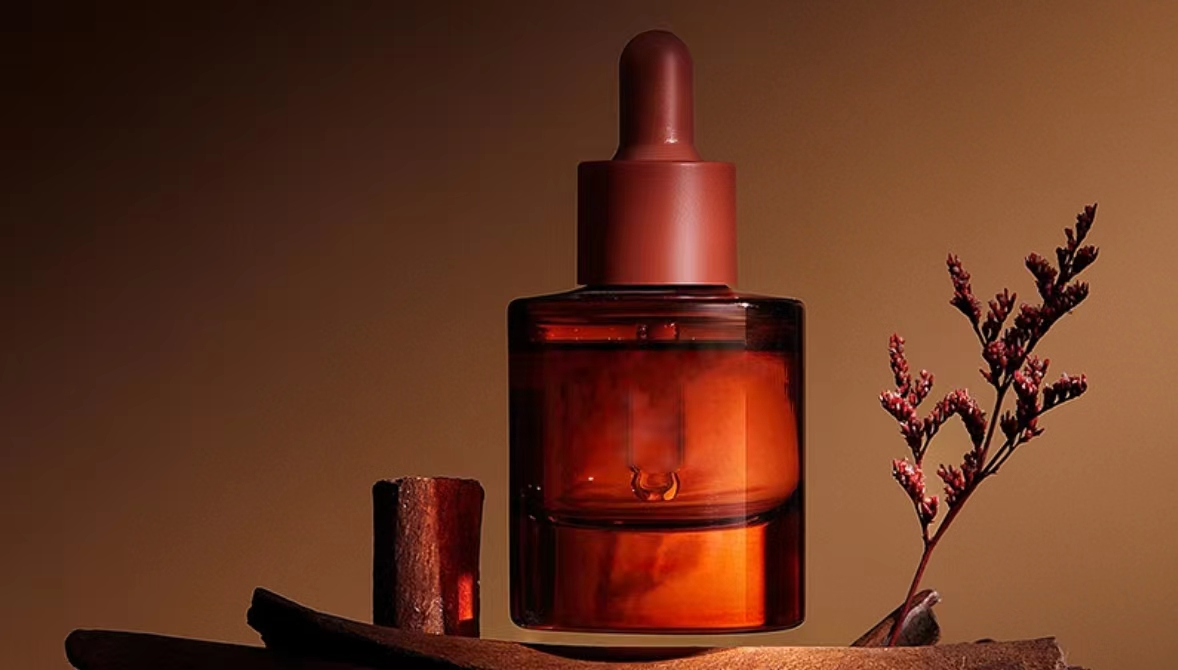
2. Jars: Cosmetic jars are typically used to store creams, masks, or any product that needs to be scooped or dipped out. Jars are often made of glass or plastic and come with screw-top lids to keep the product secure. Cosmetic packaging companies try to grab customer attention by printing eye-catching and trendy designs on their jars. Especially glass jars and plastic cosmetic jars and double-walled jars are popular in this industry.
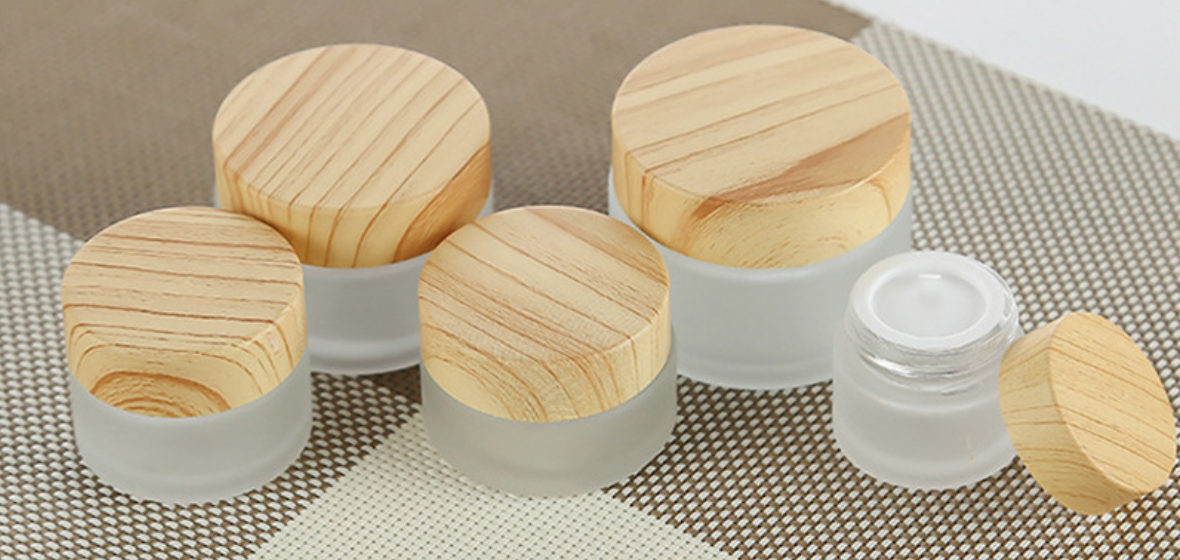
3. Tins: These are usually used for solid products like balms, waxes, or powders. They are often made from aluminum or tin-plated steel and are popular for their durability and retro aesthetic. Cosmetic tin containers are also famous for being an eco friendly cosmetic packaging material and reusable.
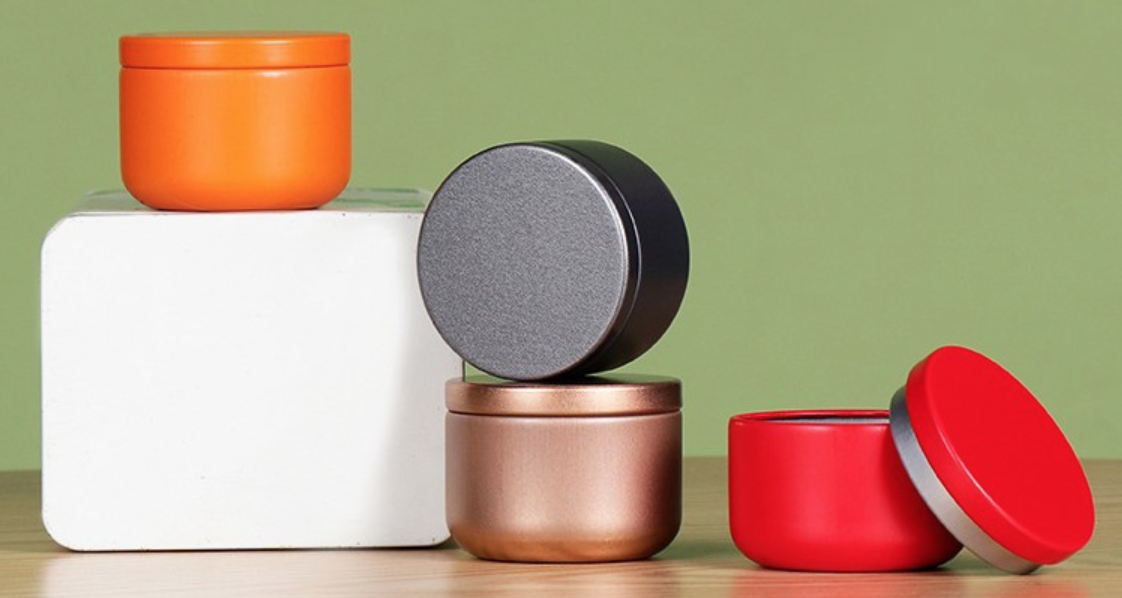
4. Airless Bottles: Airless cosmetic bottles are a modern innovation in cosmetics packaging, designed to prevent air from entering the container, thus preserving the product's efficacy and extending the life of the product. Airless pump bottles are often used for high-end skincare products like serums or creams.
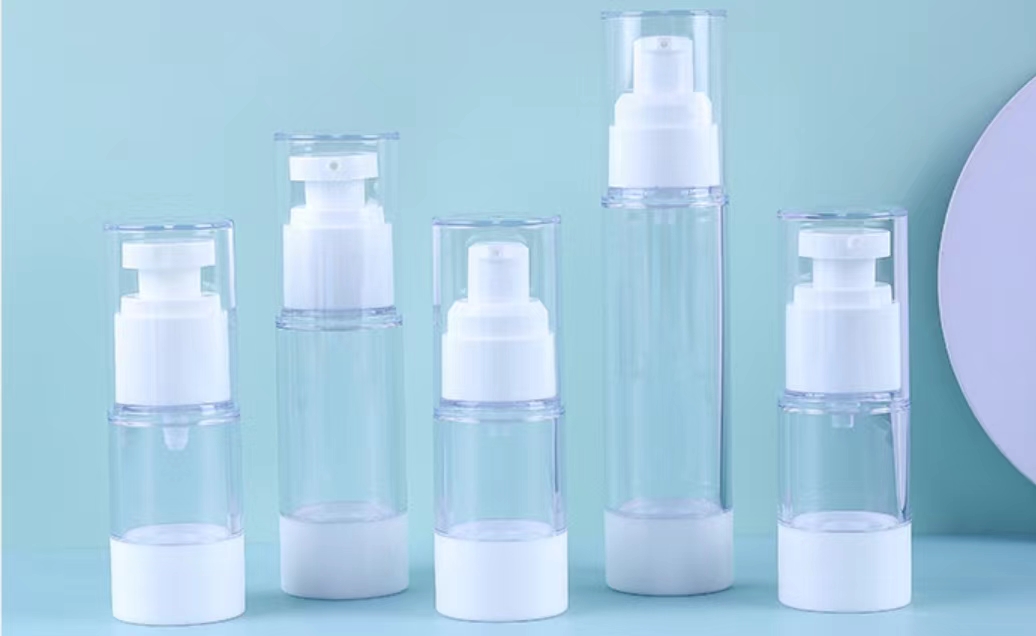
5. Squeeze Tubes: These are popular for semi-solid products like gels, creams, or lotions. Squeeze tubes are typically made of plastic or aluminum and are a popular cosmetic packaging solution due to their portability and ease of use.
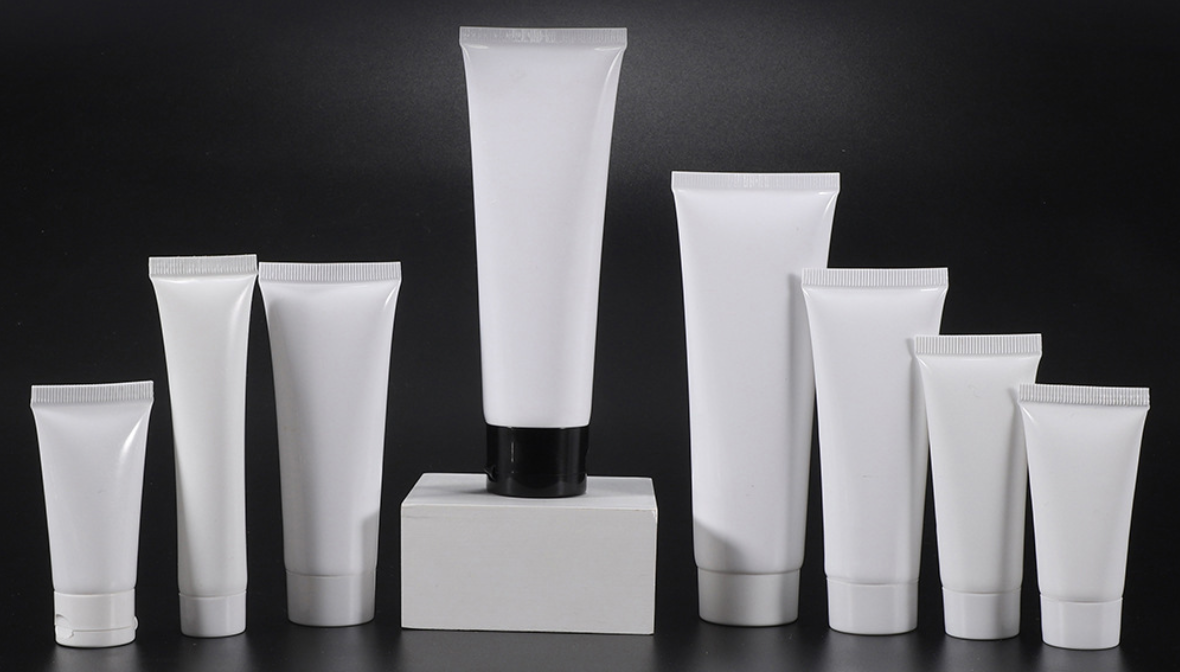
6. Cardboard Tube Packaging: An eco friendly cosmetic packaging option that is becoming increasingly popular is cardboard tube packaging, particularly for solid products like lip balms or deodorants. They are biodegradable and lightweight, making them a sustainable choice.
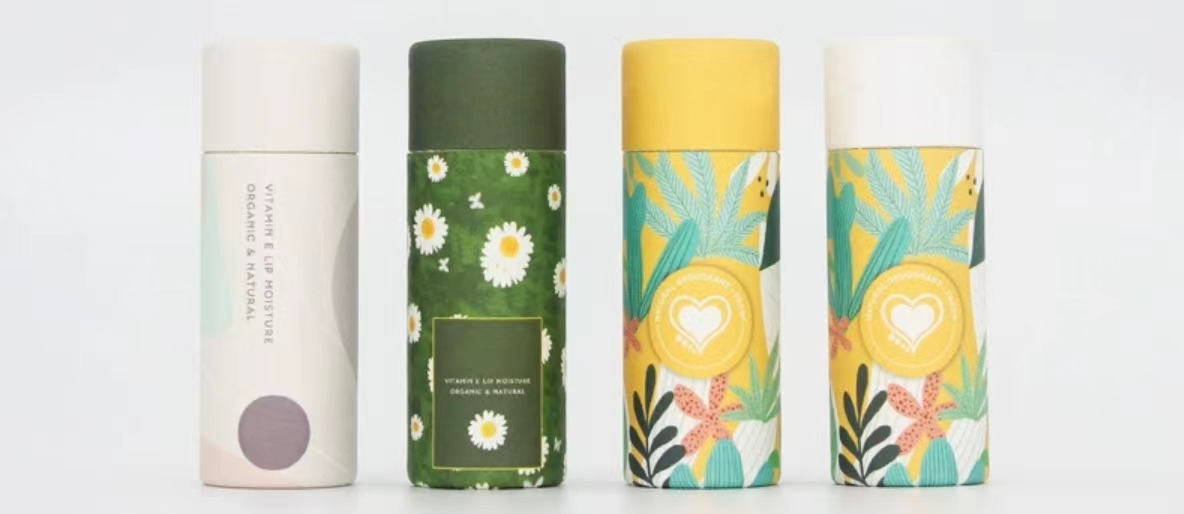
The most sustainable cosmetic packaging options
Sustainability has become a growing concern in the beauty and cosmetic packaging industry. As customer pressure increases for sustainable practices, the cosmetics industry is shifting towards eco-friendly alternatives. Eco friendly cosmetic packaging aims to reduce the impact of cosmetic packaging on the environment by promoting the use of biodegradable, recyclable, and compostable materials. Two materials that are gaining traction due to their recyclability and low environmental impact are glass and aluminum.
Glass Packaging: Glass has been used for centuries to store cosmetic items dating back to ancient Egyptian times, glass cosmetic jars and cosmetic glass bottles were found in abundance from their digging sites. It is considered a classical material for cosmetic packaging, loved for its luxurious feel and aesthetic appeal. But beyond its atheistic appeal, glass also has environmental benefits. Glass is 100% recyclable, which means it can be recycled indefinitely without losing quality or purity. Glass cosmetic jars or bottles can be easily reused by washing it once with water. In fact, many brands are now offering refillable glass cosmetic jars. Customers can purchase a refill instead of a new product, reducing the amount of packaging waste generated. Another benefit of using glass for cosmetic packaging is its non-reactive nature, which ensures that the product’s integrity is maintained without any need for potentially harmful additives.
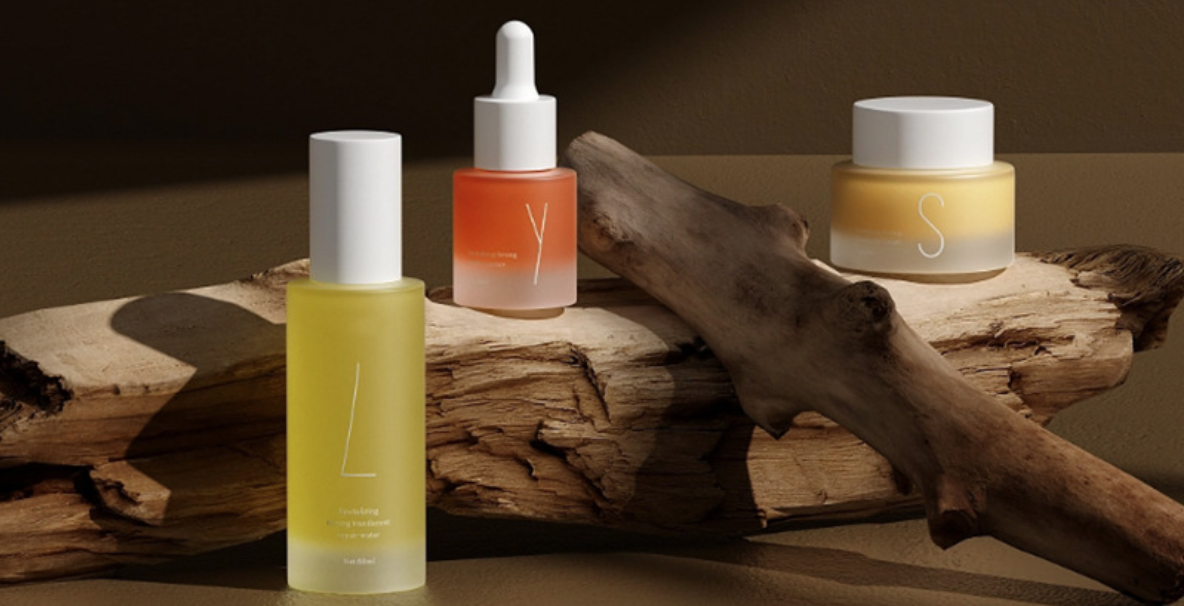
Aluminum Packaging: Aluminum is another eco friendly cosmetic packaging option, which relative to glass, is a newer solution for cosmetic packaging. It offers a unique combination of durability and recyclability. Like glass, aluminum is also 100% recyclable, but recycling aluminum is much more cost-effective and energy-efficient than glass. Aluminum recycling requires only 5% of the energy needed to produce virgin aluminum, reducing the overall carbon footprint. Aluminum is also popular for cosmetics packaging because it is lightweight and durable. Its lightweight nature reduces transportation costs of cosmetic jars and emissions, while its durability ensures that the product remains protected. Aluminum also offers excellent barrier properties, protecting the product from light, moisture, and air, thus preserving its quality and extending its shelf life. Another reason for aluminum being widely adopted is that companies can deliver custom cosmetic packaging according to customer demands as it is easy to mold custom tins in any shape.
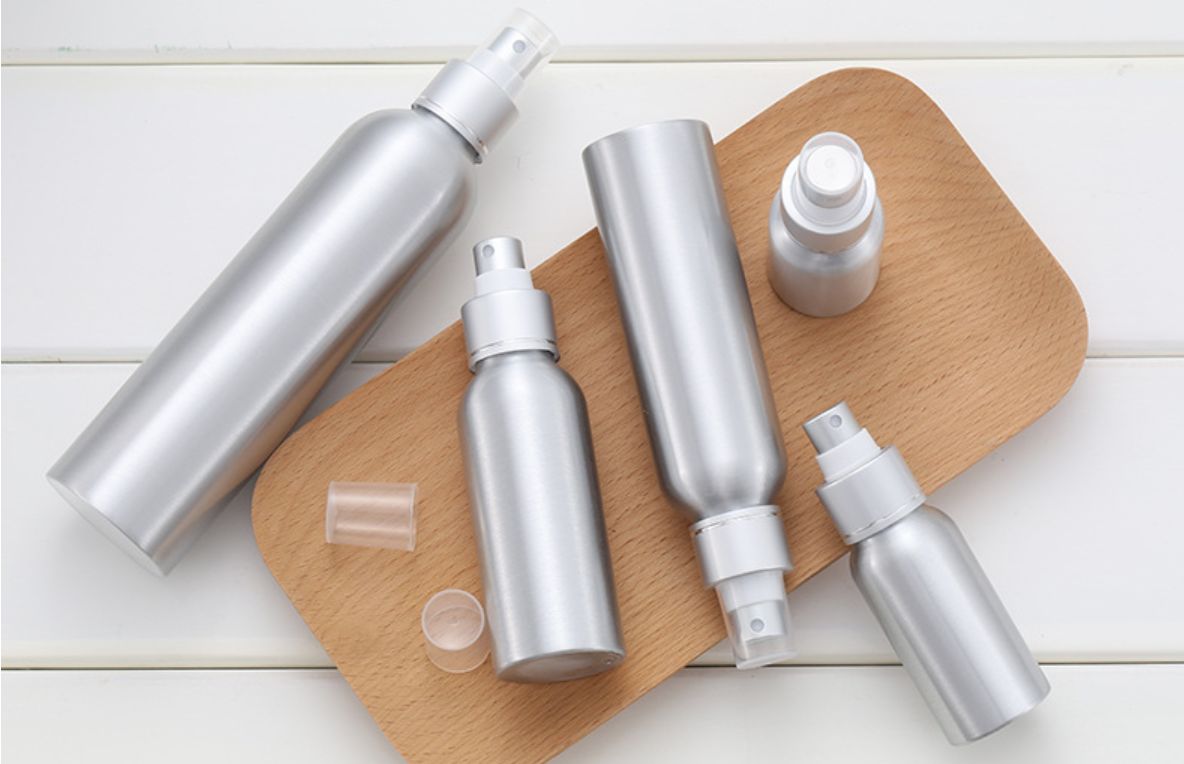
How companies can adapt to sustainable and eco friendly cosmetic packaging
Companies seeking to transition towards sustainable cosmetic packaging can begin by thoroughly auditing their existing portfolio and pinpointing areas that could benefit from an eco-friendly redesign. Partnering with suppliers specializing in sustainable materials like glass cosmetic jars and cosmetic bottles presents an opportunity to reimagine their product packaging in a more environmentally friendly light. While these materials are sustainable, they may incur higher costs than traditional plastic. Conducting a detailed financial analysis is crucial, exploring strategies to balance these additional costs. This might involve a design tweak, a modest price adjustment, or identifying other areas where savings can be made. Creating prototypes of the new cosmetic jars allows for thorough testing, ensuring functionality and durability are not compromised in the pursuit of sustainability. Once the new cosmetics packaging is ready, the company's commitment to the environment should be communicated clearly to the consumers. This educates them about the benefits of sustainable packaging, reinforces brand loyalty, and can attract more eco friendly cosmetic packaging favoring clients.
The cosmetic packaging industry, integral to the billion-dollar beauty market, has evolved remarkably over the centuries. Its primary role is to secure and protect a diverse array of cosmetics while promoting brand identity and appealing to customers. Aesthetic allure and functionality are combined with growing environmental consciousness as brands shift towards sustainable packaging materials like cosmetic glass bottles and aluminum cosmetic jars. Both 100% recyclable, these materials are gaining traction due to their lower environmental impact and non-reactive properties, preserving product quality and longevity. Transitioning to these materials requires strategic planning, financial analysis, and careful communication of the company's eco-commitment to consumers. Despite its challenges, this transition to eco friendly cosmetic packaging enhances a brand's image and significantly contributes to a sustainable future, meeting the increasing demand of the eco-conscious consumer.
